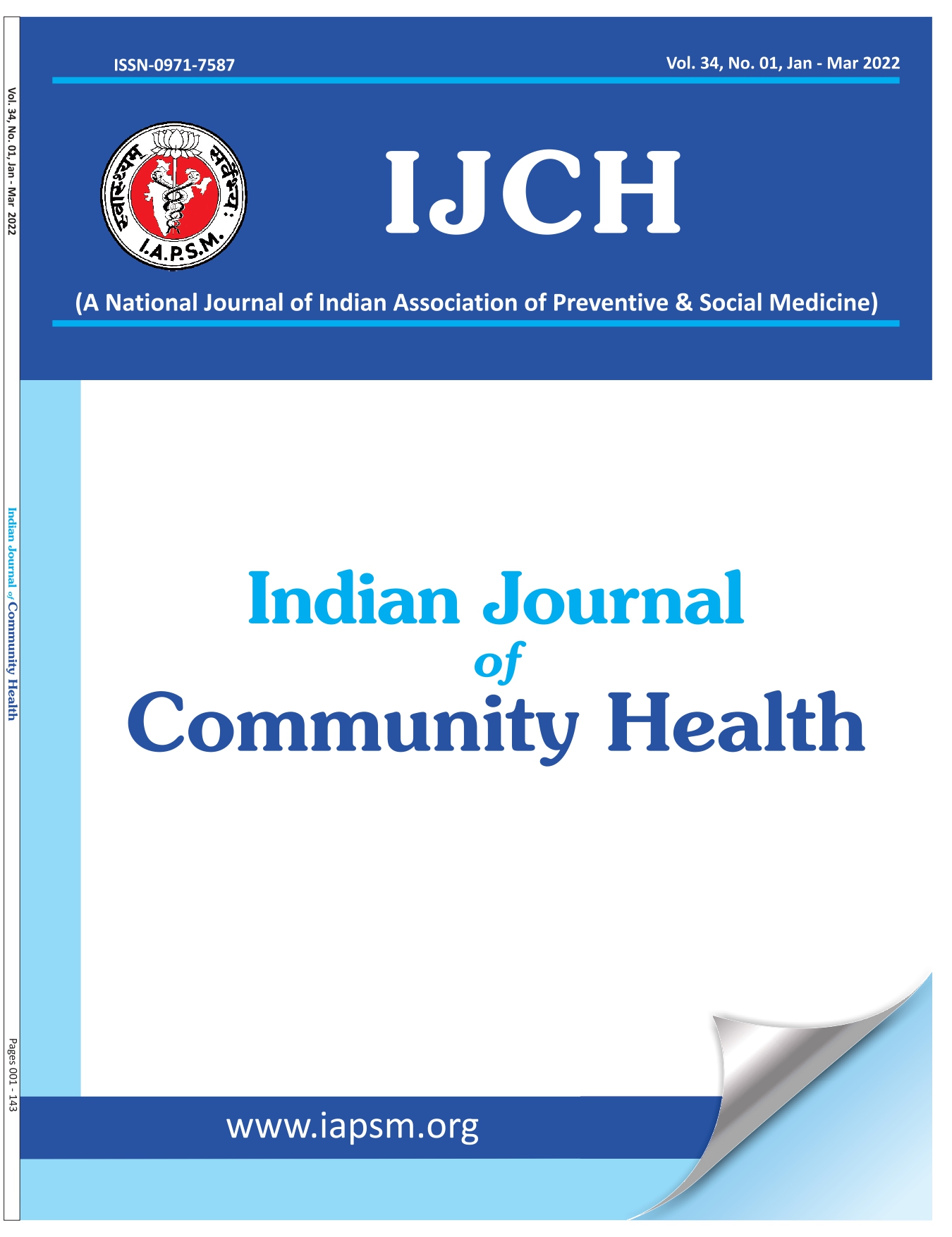Mahakumbh 2025 – ‘Holy’Grail for Public Health Personnel
DOI:
https://doi.org/10.47203/IJCH.2025.v37i02.001Abstract
The Kumbh Mela stands as the world’s largest religious gathering, a unique confluence of spirituality, culture, and public health challenges. Held every 12 years at four sacred locations in India—Prayagraj, Haridwar, Ujjain, and Nashik—this event draws millions of devotees who converge to take a sacred dip in holy rivers. The primary religious belief behind this ritual is that bathing in these rivers during an auspicious period can cleanse the soul, wash away sins, and lead to moksha (spiritual liberation). The Kumbh Mela is a mix of faith, tradition, cultural history, and public health challenges on an unprecedented scale.
Among these, the Mahakumbh at Prayagraj stands as the grandest and most significant. Occurring once every 144 years, it attracts over 100 million participants from India and across the globe. This exceptional gathering transforms Prayagraj into a temporary city, requiring vast infrastructural developments, from sanitation systems and healthcare facilities to law enforcement and transportation. Managing such an enormous influx of people necessitates meticulous planning, logistics, and most critically, public health preparedness
Spiritual and Cultural Significance of the Mahakumbh - While the Kumbh Mela is rooted in profound religious traditions, its appeal spans beyond the spiritual realm. People from diverse backgrounds—devotees, traders, artisans, scholars, and healthcare professionals—gather, creating a microcosm of India’s vast cultural diversity. Many pilgrims view the Mahakumbh as a personal spiritual journey, a form of pilgrimage where families or individuals seek blessings from divine forces through ritualistic cleansing. For others, it is an opportunity for spiritual discourse. Renowned saints, scholars, and monks gather to discuss and disseminate teachings on ancient scriptures, providing a platform for intellectual exchange. The Mahakumbh, therefore, represents not only a religious pilgrimage but also a cultural and social hub, fostering deep community connections and vibrant economic activity. The diverse assembly of scholars and saints at the Kumbh Mela, representing various schools of thought, can be considered one of the earliest forms of an academic conference in human history. These sages and intellectuals would gather knowledge from across the world and engage in profound discussions during the Mela. The event, held in rotation across the four sacred locations, was timed according to the alignment of the Nakshatras (stars and planets), further emphasizing its spiritual and intellectual significance.
Downloads
Downloads
Published
How to Cite
License
Copyright (c) 2025 Annarao Kulkarni, Ravindra Nath

This work is licensed under a Creative Commons Attribution-NonCommercial-NoDerivatives 4.0 International License.





